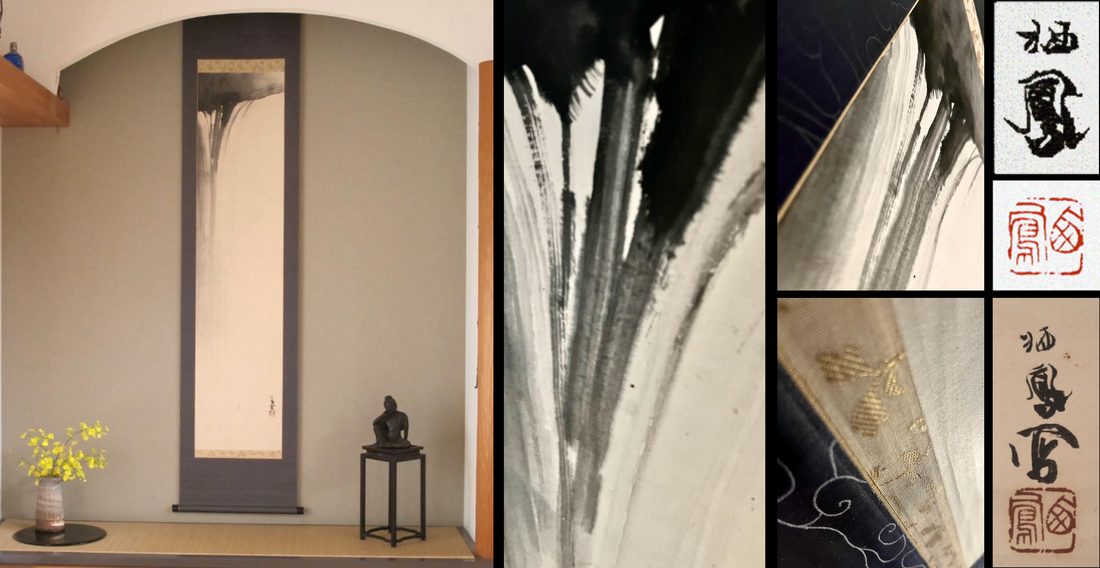Takeuchi Seihō is one of the most outstanding nihonga painters. Nihonga is a style that emerged at the end of the 19th century. Directly translated, the term actually just means "Japanese painting", but it means something very specific. When Western art began to arrive in Japan in ever-increasing volumes and in ever-increasing quantities at the beginning of the Meiji period (1868-1912), artists had to reorient themselves. Painting only in the Western style (which many painters were able to do very quickly and very skillfully) was not the solution. The progressive artists were concerned with preserving the Japanese heritage and not just repeating the old. In many aspects, attempts were made to bring the new from the West into dialogue with the old in Japan.
In order to fully live up to this claim, Takeuchi Seihō even went to London and studied the paintings of William Turner and Camille Corot intensively. When he returned to Kyoto, where he was born, he became an authority for countless nihonga painters; he helped them to find aesthetic orientation in their work. His appeal remains unbroken to this day - his sparrow paintings, for which he became particularly famous, still fetch astronomical prices in the art trade.
The waterfall motif is old in Japanese art. Stone or leaf motifs on the edges usually mark the rock over which the water falls. But Takeuchi dispenses with such environmental realism. He treats the falling water at the very top of the picture all the more masterfully. Although there are only different ink intensities, one almost seems to recognize water depicted in a photorealistic manner. The specific nihonga aspect of this picture is thus: the format treatment for a waterfall is traditionally Japanese, the illusion painting at the top of the picture satisfies the highest demands of western naturalists. But the reproduction of the realistic effects with only virtuoso handling of the ink brush is again entirely Japanese.
The signature and seal of the picture are flawless.
Dimensions: 48cm x 202cm | Material: Paper

